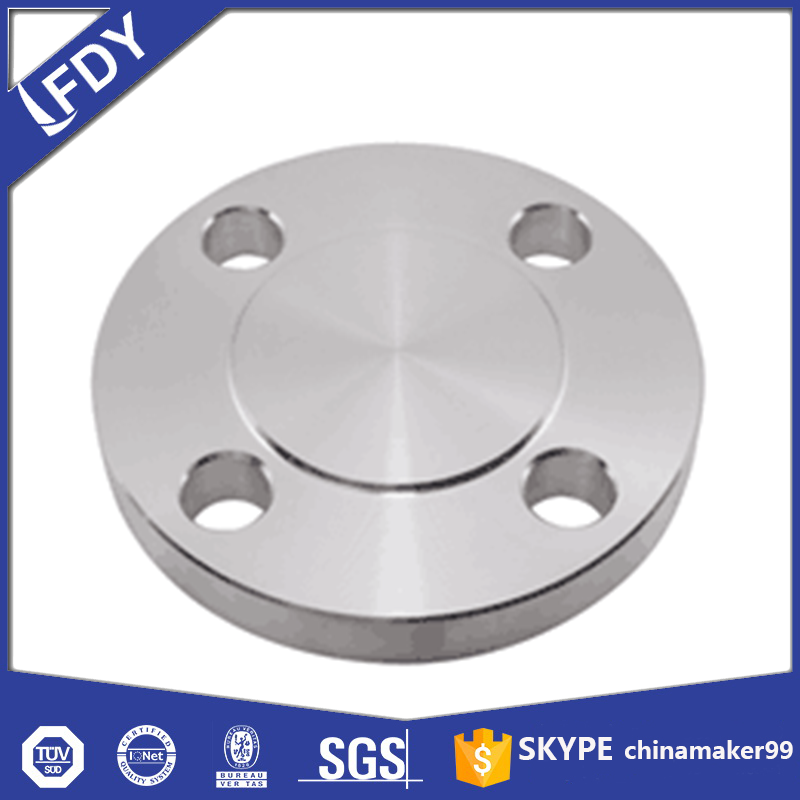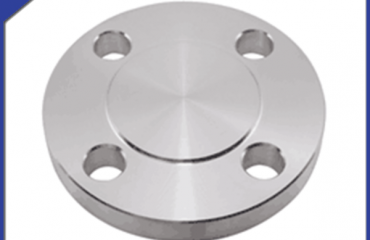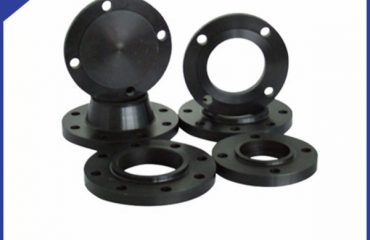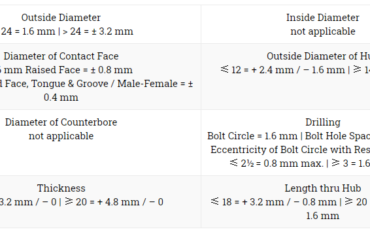
The forging process is generally composed of the following processes: blanking, heating, forming and cooling after forging. The forging process includes free forging, die forging and die forging. In production, different forging methods are selected according to the forging quality and production batch.
Free forging has low productivity and large machining allowance, but the tool is simple and versatile, so it is widely used to forge single piece and small batch forgings with simple shape. The free forging equipment includes air hammer, steam air hammer and hydraulic press, which are suitable for the production of small, medium and large forgings respectively. Die forging has the advantages of high productivity, simple operation, mechanization and automation. Die forgings have high dimensional accuracy, small machining allowance and more reasonable fiber structure distribution, which can further improve the service life of parts.
Free forging
Basic process: during free forging, the shape of forgings is gradually forged into blanks through some basic deformation processes. The basic process of free forging includes upsetting, drawing, punching, bending and cutting.
1. Upsetting and upsetting is the process of forging the original billet along the axial direction to reduce its height and increase its cross section. This process is often used to forge gear blanks and other disc forgings. Upsetting can be divided into full upsetting and partial upsetting.
2. Drawing length is a forging process that increases the length of the blank and reduces the cross-section. It is usually used to produce shaft parts, such as lathe spindle, connecting rod, etc.
3. Forging process of punching through hole or through hole on blank with punch.
4. Forging process of bending the blank to a certain angle or shape.
5. The forging process in which one part of the billet rotates at an angle to the other.
6. Forging process of cutting split blank or cutting head.
die forging
Die forging is called model forging. The heated blank is placed in the forging die fixed on the die forging equipment for forging.
1. Basic process of die forging process: blanking, heating, pre forging, final forging, punching and connecting skin, trimming, tempering and shot peening. Common processes include upsetting, drawing, bending, punching and forming.
2. Common die forging equipment: die forging hammer, hot die forging press, flat forging machine, friction press, etc.
Generally speaking, the quality of forged BLIND FLANGE is better. Generally, it is produced by die forging, with fine crystal structure, high strength and high price. Both cast flange and forged BLIND FLANGE are common manufacturing methods of flange. According to the strength requirements of components to be used, if the requirements are not high, turning flange can also be selected.
 Language
Language Espanol
Espanol English
English Italian
Italian عربى
عربى
 Skype: chinamaker99
Skype: chinamaker99  Tel: 86-316-5120812
Tel: 86-316-5120812 Email:
Email:  Whatsapp:
Whatsapp: 

